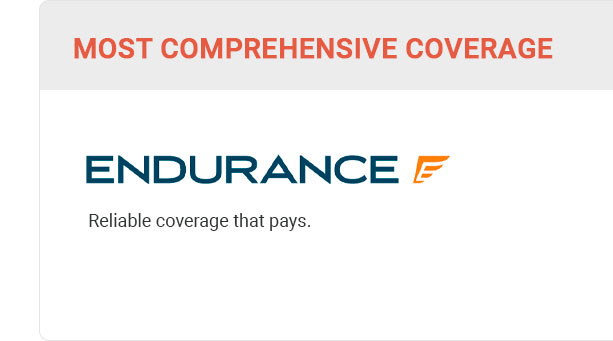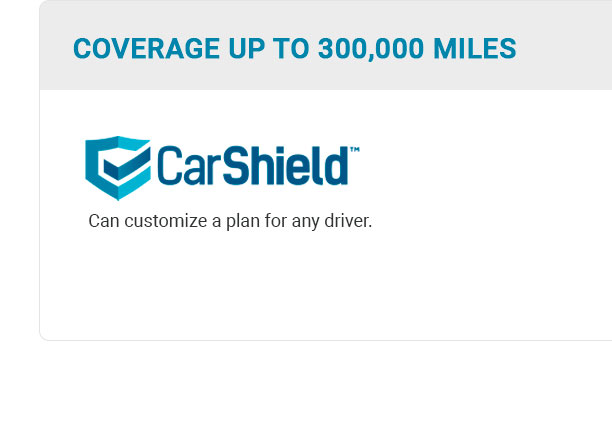 |
 |
 |
 |
 |
 |
 |
 |
 |
|||
 |
 |
|
|||||||
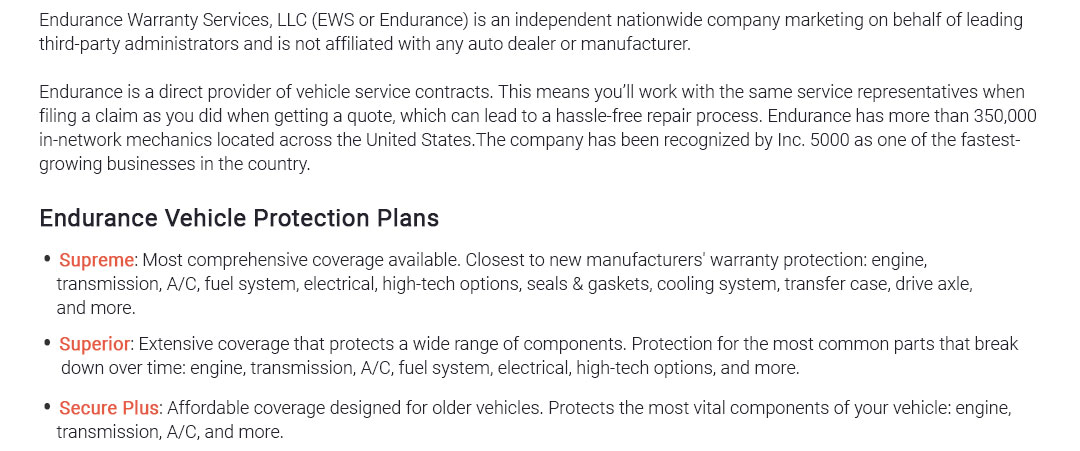 |
|||||||
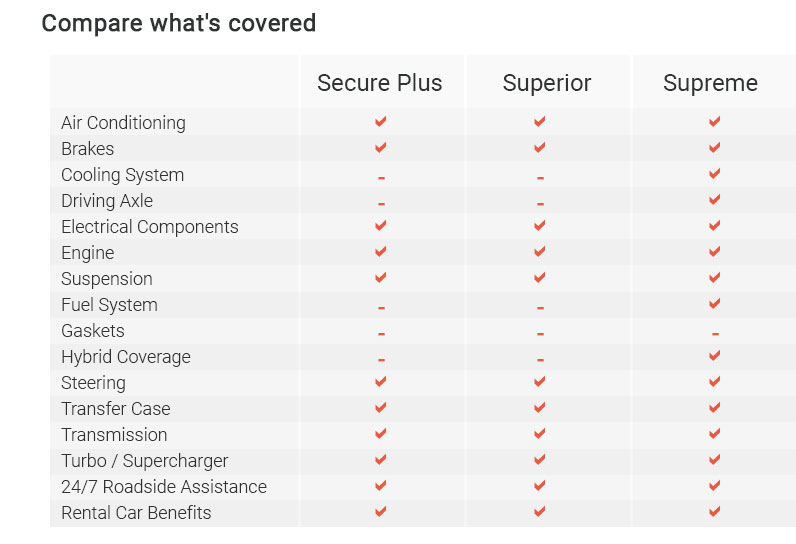 |
|||||||
 |
|||||||
 |
|||||||
|
|||||||
|
||||||
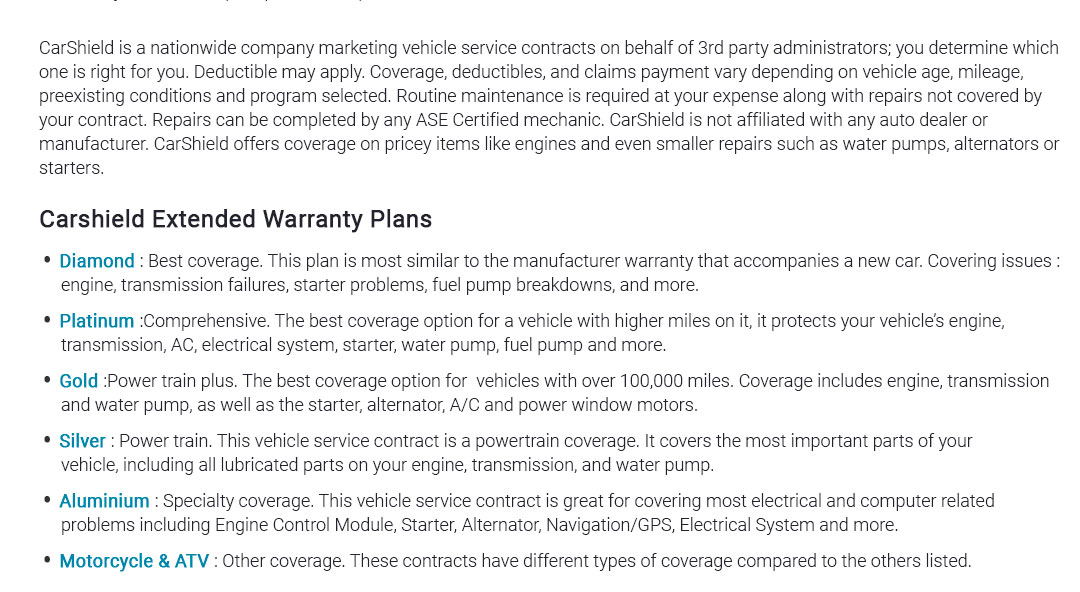 |
||||||
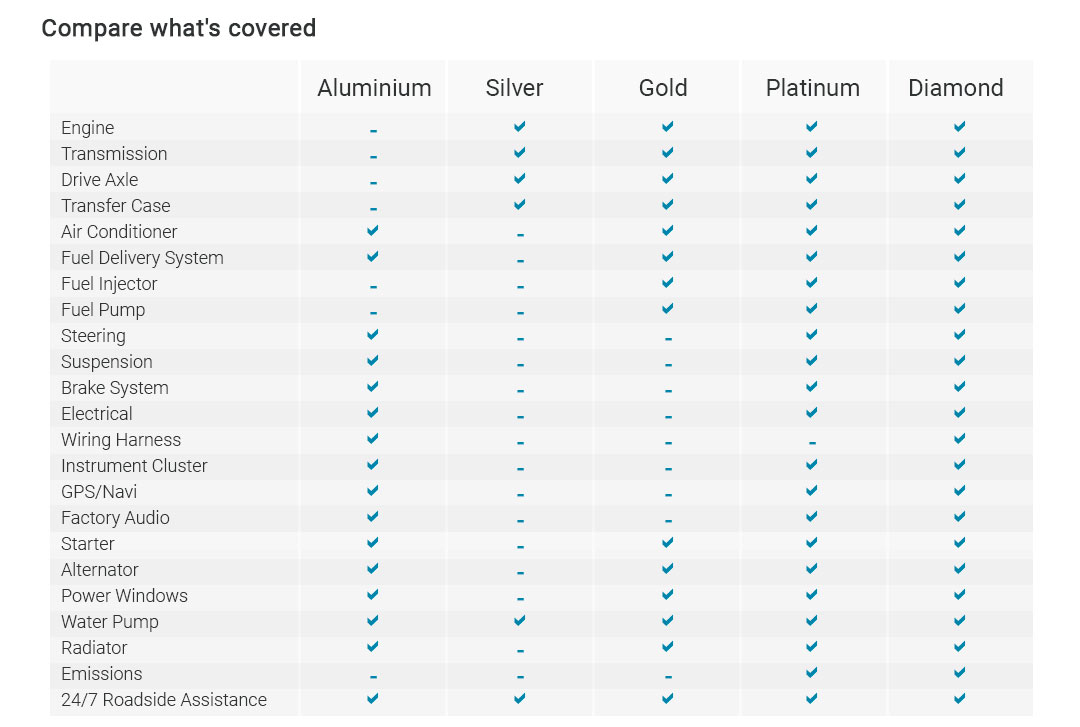 |
||||||
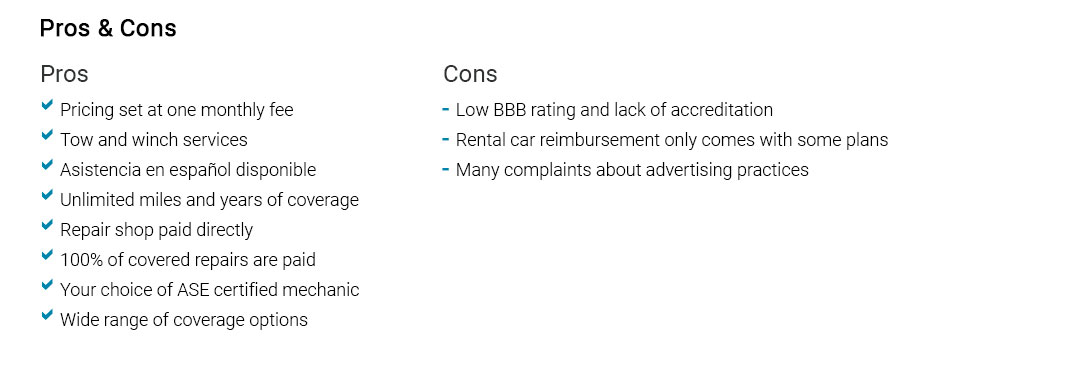 |
||||||
|
 |
 |
 |
 |
 |
 |
 |
Understanding Auto Roadside Assistance: What to ExpectAuto roadside assistance is one of those services that drivers often overlook until they find themselves stranded on the side of the road, desperate for help. Whether you're a seasoned driver or a newcomer to the road, understanding the nuances of roadside assistance can be a lifesaver, both literally and figuratively. In essence, roadside assistance is a service designed to help drivers with a variety of vehicular troubles. It typically includes services such as towing, battery jump-starts, tire changes, fuel delivery, and even locksmith services. But what exactly should you expect from a roadside assistance plan? Firstly, it’s crucial to recognize that not all roadside assistance packages are created equal. Different providers offer varying levels of service, often at different price points. For instance, some plans cover you no matter whose car you’re driving, while others only apply to the specific vehicle you've registered. It’s worth taking the time to read the fine print before committing to a plan. A comprehensive plan might offer peace of mind, but it could also come with a higher cost. Understanding your specific needs is vital before selecting a package. When you find yourself needing assistance, the process usually begins with a call to your provider. Many companies now offer mobile apps that allow you to request help with just a few taps. Once your request is logged, the waiting game begins. The wait time can vary widely based on your location, the time of day, and the nature of your issue. In urban areas, help might arrive within thirty minutes, but in rural or remote locations, it could take considerably longer. It’s important to manage expectations and remain patient. Being prepared by having emergency supplies such as water, snacks, and blankets can make a potentially uncomfortable wait more bearable. A common misconception is that roadside assistance will cover any towing distance. In reality, most plans have a towing limit, often around five to ten miles. If your vehicle needs to be towed further, you might have to pay for the additional mileage. This is another reason why it’s important to understand the specifics of your plan. On the brighter side, roadside assistance can save you significant money and hassle for minor issues like a flat tire or a dead battery. Remember, the goal is to get you back on the road safely and quickly. One subtle yet significant benefit of roadside assistance is the peace of mind it offers. Knowing that help is just a phone call away can reduce the anxiety of driving, especially on long road trips or in unfamiliar areas. For those who travel frequently, especially in less populated regions, a robust roadside assistance plan can be a worthwhile investment.
In conclusion, while auto roadside assistance might seem like an unnecessary expense when everything is running smoothly, its true value becomes apparent the moment you’re faced with an unexpected vehicular issue. By choosing the right plan, understanding its benefits and limitations, and preparing for potential delays, you can ensure that you're never left stranded, both literally and metaphorically. So next time you head out on the road, make sure your roadside assistance plan is as ready as you are. https://www.travelers.com/car-insurance/coverage/roadside-assistance
Roadside assistance from Travelers can provide towing service up to 15 miles for Roadside Assistance or up to 100 miles for Premier Roadside Assistance. To get ... https://www.statefarm.com/claims/get-roadside-assistance
State Farm provides towing, mechanical labor, locksmith, and other roadside services when your vehicle is disabled. https://www.geico.com/auto-insurance/emergency-road-service/
Log in to your GEICO Auto Policy or call (800) 42-GEICO (4-3426) to get a quote. Only GEICO auto insurance policyholders are eligible for ERS. Still have ...
|


